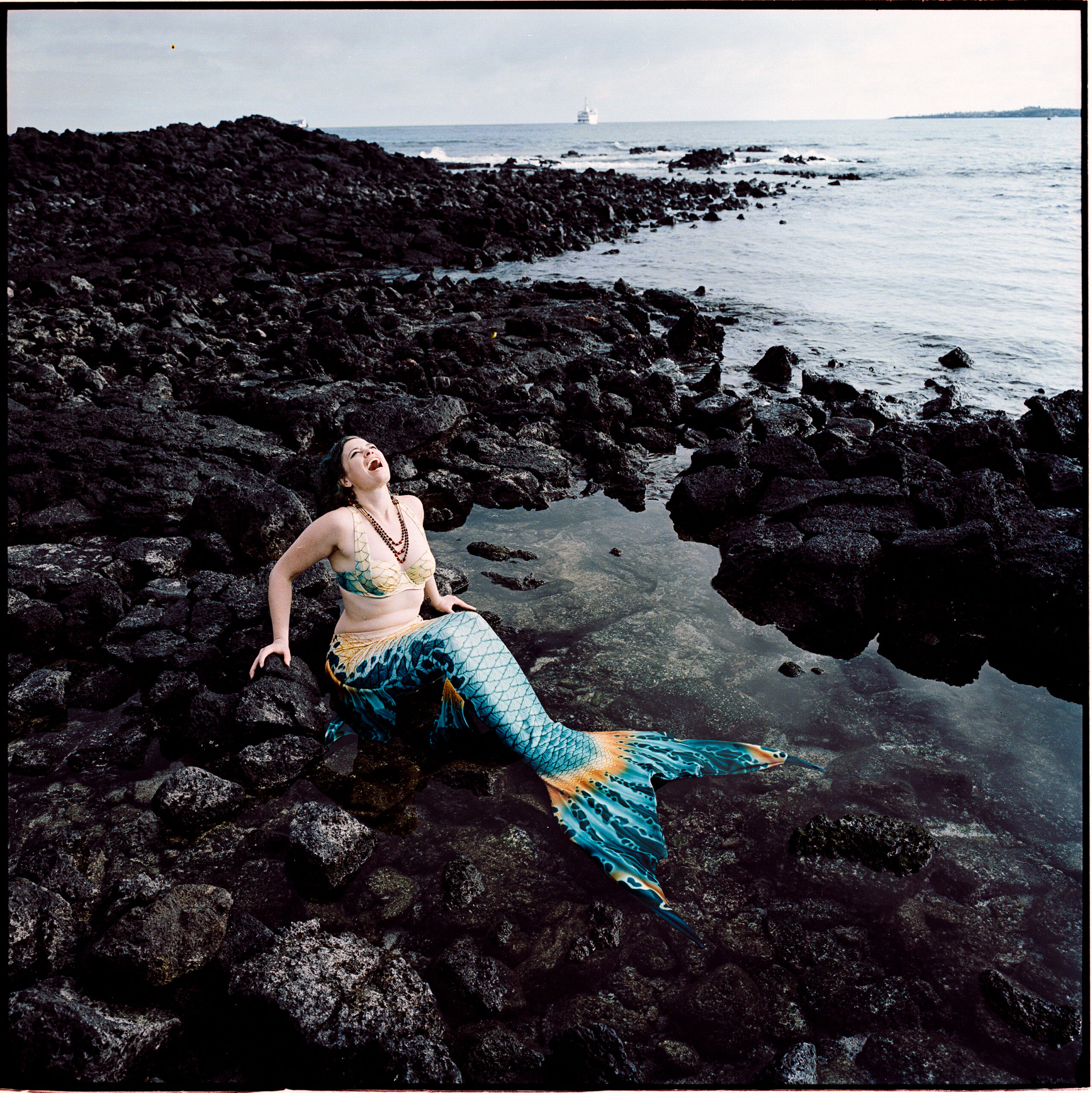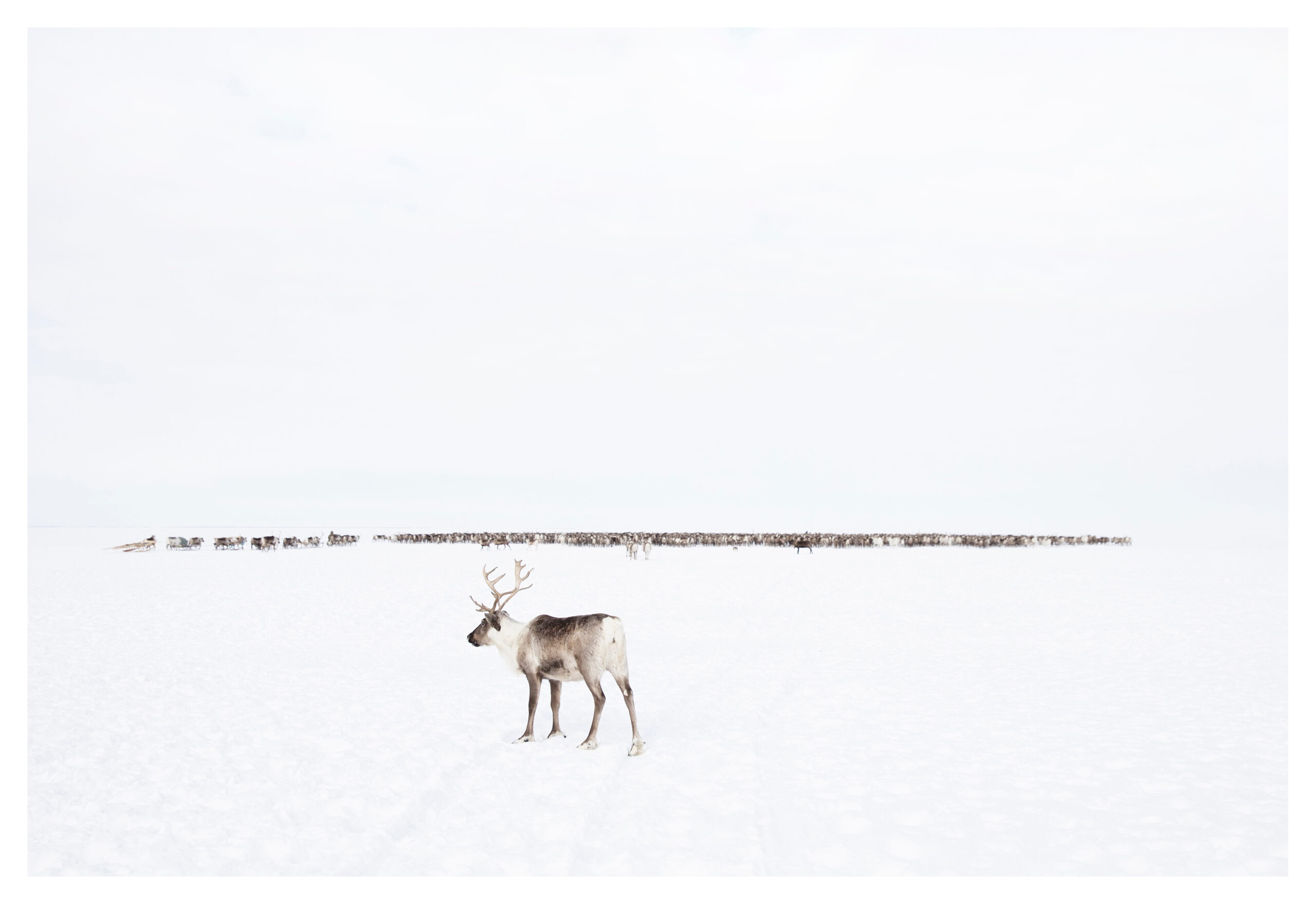From a biographical journey through the mythical history of Elio Fiorucci to the critical lens of the PhotoVogue Festival, students from the Master in Fashion Art Direction in collaboration with Vogue Italia, were challenged to look beyond aesthetics, to the mechanisms that construct powerful stories. Student Maria Monteiro de Barros reports.
At the Triennale, ten years after the passing of the creative visionary, designer and businessman, Fiorucci’s legacy unfolded in a display that was not merely a tribute but a manifesto on fashion, marketing, and the boundless possibilities of world-building.
On entering, a primary school desk sat before us with an essay, handwritten by the designer himself as a child, which read: “As my desires for the future are, in a way, quite modest, I think it should come close to what my life will actually become.” A modesty quickly contradicted by Fiorucci’s comprehensive empire, presented through this extensive retrospective.
Neon lights, clashing prints and TV screens looping archival footage made for organised chaos. With over one thousand elements on display, this immersive archive pulsed with the same electricity that defined the brand’s emblematic stores, that aside from bringing an eclectic mix of clothing, records, publications and objects from all over the world to the public, were also places where music and contemporary art happenings and performances took place, creating a melting pot of intellectuals, performers and artists.
Through a chronology of the brand’s evolution, we traced its story through postcards and badges that laid the foundation for its vision, alongside intimate glimpses into Fiorucci’s early years. From the first-ever designed women’s skinny jeans to its New York store completely reimagined by Keith Haring, and the first concept store ever built in Milan, each milestone seamlessly pushed the boundaries of fashion, art, and retail.
Even more striking than any of this was Fiorucci’s voice, emerging from a phone mounted on the wall, proclaiming “Passa parola, passa parola” (word of mouth). The label’s success lay not in exclusivity but in its ability to create a universe people were drawn to. More than a designer, Fiorucci was, as our guide put it, a “curator of encounters.” Customers left his stores not only with tales to tell, but with tangible pieces to sustain those memories. A fan’s letter pleading for “stickers” and “more stickers” underlined how Fiorucci’s universe extended beyond fashion. Many of these stickers, displayed across long tables in the exhibition, reflected the playful artistry behind the brand. Helping carry the message forward, passed from person to person, inviting others in.

After exploring how storytelling can extend a brand far beyond its products through Fiorucci’s world, the day continued at BASE Milano. The 2025 Edition of the PhotoVogue Festival: The Tree of Life: A Love Letter to Nature, positioned photography not as an escapist fantasy, but as an exploration of our planet and the atrocities inflicted on it by man.
The exhibition was a labyrinth of symbols and meanings. From Oded Wagenstein’s poignant portrayal of the disappearing Siberian reindeer herders, to Alessandro Bo’s evocative depictions of our ocean’s destruction, these photographs unravelled as testimonies. A shared sense of alarm reverberated through the lenses of photographers around the globe.

Across the room, the Latin American Panorama continued the dialogue on preservation. Curated in celebration of Vogue Mexico & Latin America’s 25th anniversary, this exhibition spotlighted 42 photographers from the region, exploring the meaning of identity and resistance.
From the spiritual narratives of Fernanda Pineda’s YOLUJA, to Xavier Revuelta’s vibrant portraits from the Tropics, bursting with color and movement, each image carried an intimate perspective. Ancestry, displacement, and transformation were at the core of each image. Through depictions of rituals and traditions, spiritual practices and socio-political struggles, these works were able to enshrine the region’s cultural foundations while reflecting on the constant reshaping of its identity.
Despite thematic and geographical distinctions, The Tree of Life and Latin American Panorama converged in a shared language. Both rooted in memory, care and resistance, they conveyed an urgency to preserve what is disappearing. Similar to our world’s natural resources, its most ancient cultures are often on the verge of extinction. Whether it be ecosystems, traditions or identities, both exhibitions dared us to reflect on the quiet violence of erasure. Through these parallel narratives, we were reminded of our role as agents of this change, capable of shaping, amplifying, and preserving these stories through our future work.
As we left Milan, an understanding of what it means to create something that echoes beyond its visual impact settled in. A deeper comprehension of the power of storytelling through images was instilled in all of us, something that will undoubtedly shape our approach to art direction in the future.